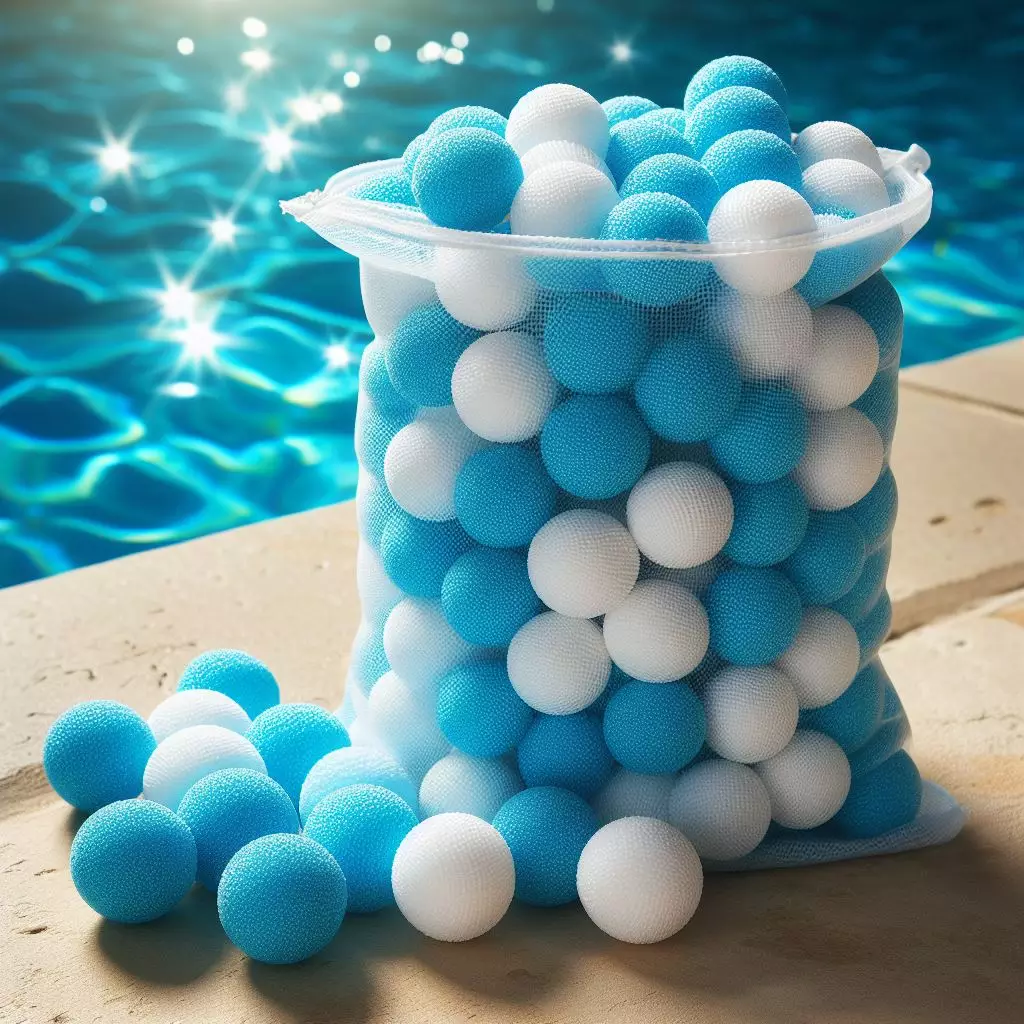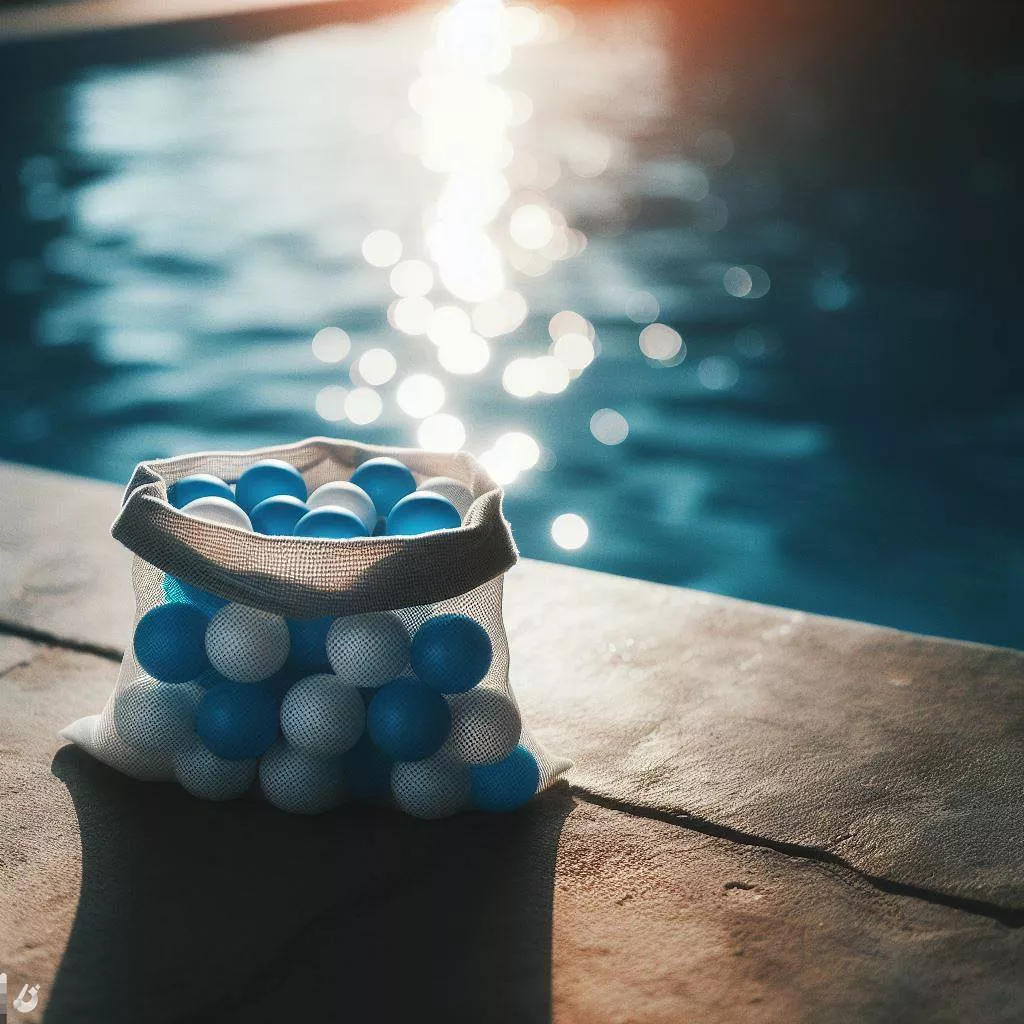Maintaining a crystal-clear swimming pool requires effective filtration, and pool filter balls have emerged as an innovative alternative to traditional filter media. Proper storage conditions and preservation methods are crucial to ensure the longevity and optimal performance of these filter balls. In this comprehensive guide, we will explore the considerations and best practices for storing and preserving pool filter balls.
Understanding Pool Filter Balls
Pool filter balls are spherical filtration media made from advanced materials like polyethylene. They offer a lightweight and eco-friendly alternative to sand or other filter media. Their unique design enhances water filtration efficiency and requires proper care for sustained performance.
Storage Location
Choosing the right storage location is the first step in preserving pool filter balls. Opt for a cool, dry area that is protected from direct sunlight. Exposure to excessive heat or prolonged sunlight can affect the structural integrity of the filter balls.
Ventilation
Adequate ventilation is essential in the storage area to prevent the accumulation of moisture. Pool filter balls should be stored in a well-ventilated space to avoid the risk of mold or mildew growth. Proper air circulation helps maintain the balls’ effectiveness.
Airtight Containers
While filter balls are generally resilient to moisture, storing them in airtight containers can offer an additional layer of protection. Airtight containers prevent exposure to humidity, ensuring that the filter balls remain dry and free from potential degradation.
Avoiding Chemical Exposure
Pool filter balls should be kept away from direct contact with pool chemicals or other substances that may affect their composition. Chemical exposure can compromise the performance of the filter balls, so it’s crucial to store them separately from other pool maintenance products.
Protection from Physical Damage
Protecting filter balls from physical damage is essential for maintaining their effectiveness. Store them away from sharp objects or heavy items that could puncture or deform the balls. A dedicated storage space helps minimize the risk of accidental damage.
Regular Inspection
Periodically inspect the condition of the filter balls during storage. Look for any signs of damage, deformation, or discoloration. Damaged filter balls should be replaced promptly to ensure optimal filtration.
Rotation of Stock
Rotate the stock of filter balls regularly, using the older ones first. This practice helps prevent the balls from sitting in storage for extended periods, reducing the risk of flat spots or compression that may occur over time.
Temperature Considerations
Extreme temperatures can impact the performance of pool filter balls. Avoid storing them in areas prone to freezing, as the balls may become brittle. Similarly, excessive heat can lead to deformation. Maintaining a moderate temperature in the storage area is ideal.
Manufacturer Guidelines
Always refer to the manufacturer’s guidelines for specific storage recommendations. Manufacturers may provide insights into the ideal conditions, shelf life, and any precautions to ensure the longevity and effectiveness of the pool filter balls.
Preparation for Seasonal Storage
If the pool is not in use during certain seasons, take additional steps for seasonal storage. Clean the filter balls, ensure they are completely dry, and store them following the guidelines outlined by the manufacturer.

Educating Pool Owners
Pool owners should be educated on the importance of proper filter ball storage. Providing guidelines and tips for storage conditions can empower pool owners to take the necessary steps to preserve the longevity and effectiveness of their pool filter balls.
Community Collaboration
In community or shared pool settings, collaborative efforts can be beneficial. Establishing guidelines for storage and maintenance of pool filter balls ensures that everyone contributes to the collective effort of maintaining a clean and efficient pool filtration system.
Conclusion
Proper storage conditions and preservation methods are essential for maintaining the effectiveness and longevity of pool filter balls. By adhering to guidelines such as choosing the right storage location, ensuring ventilation, using airtight containers, avoiding chemical exposure, and regularly inspecting the filter balls, pool owners can optimize their filtration system’s performance. Educating pool owners and fostering a community commitment to proper storage practices contribute to a clean, clear, and enjoyable swimming pool experience.

